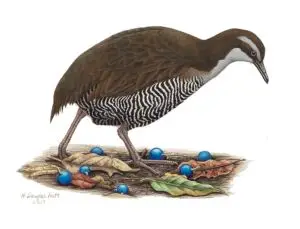
Guam Rail
The Ko’ko’ is a large rail, standing 11 to 12 inches or about 28 centimeters tall. It lived in secondary forested areas mixed with grasslands

The Ko’ko’ is a large rail, standing 11 to 12 inches or about 28 centimeters tall. It lived in secondary forested areas mixed with grasslands
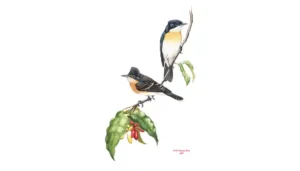
The Guam flycatcher was secretive. It lived in limestone and ravine forests, mangroves and tangantangan thickets.

Nosa’ live in native limestone and ravine forest trees as well as tangantangan thickets. Nests are placed high in the tree canopy and are made
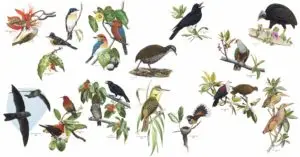
The limestone and ravine forests of Guam have historically supported 14 species of terrestrial birds. Two of these 14 birds are endemic to Guam at
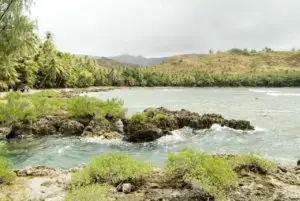
At 13 degrees north latitude and 144 degrees east longitude, the island of Guam is the largest in size (214 square miles), the most populated,
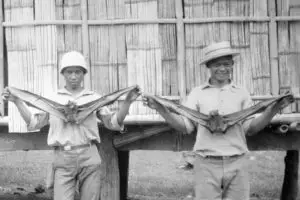
Bats in the old World family Pteropodidae have very large eyes and excellent eyesight in low light, but do not use echolocation. Within the Pteropodidae